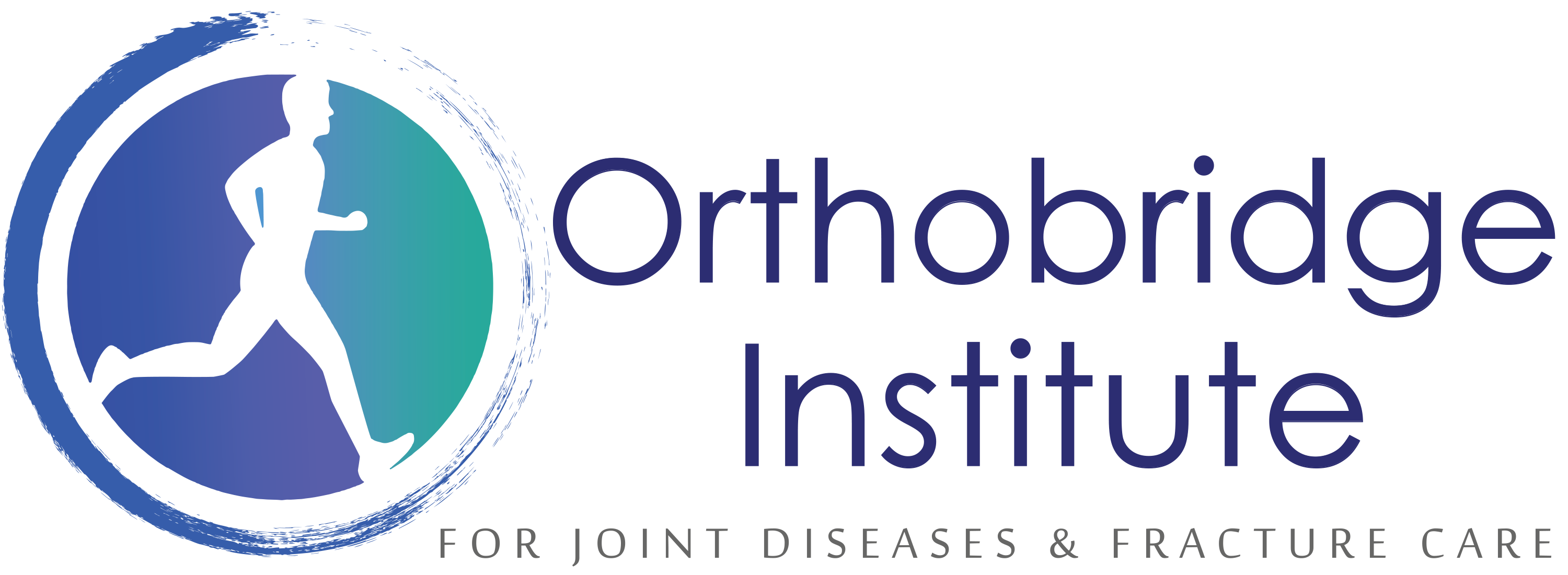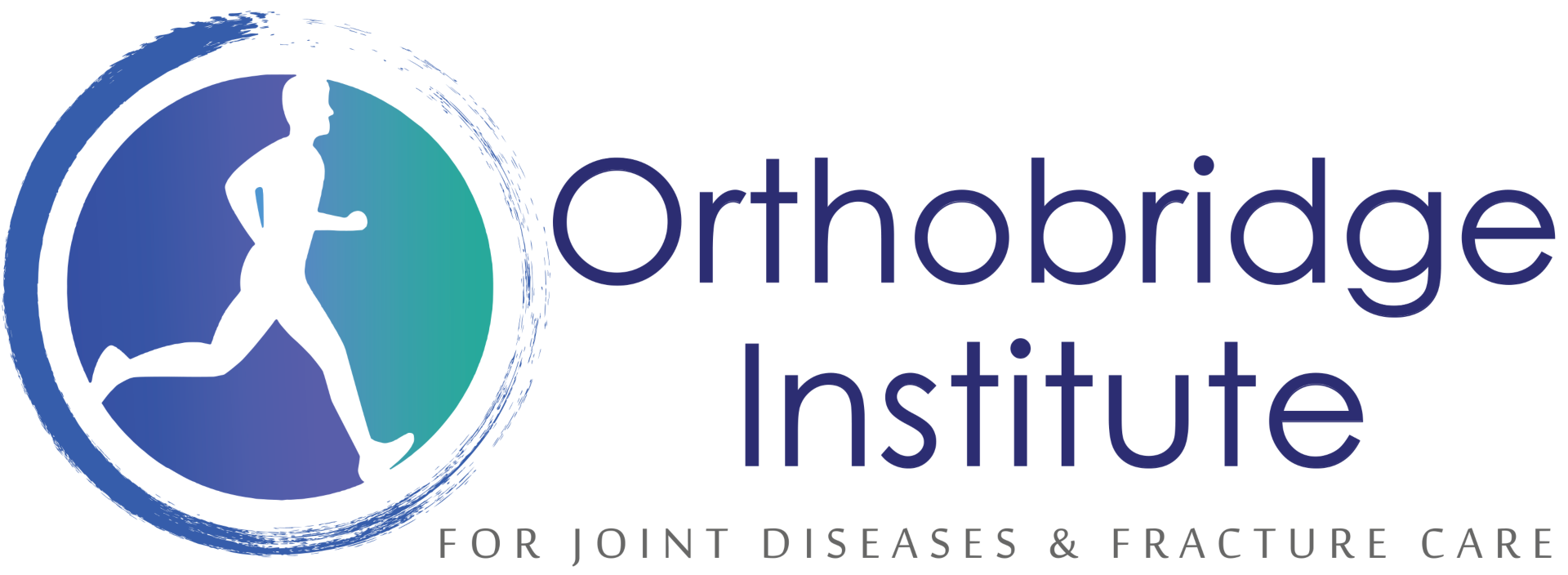Hip sprain and Strain
Learn more about some common hip fracture here we treat at Orthobridge Orthopedic Centre.
Hip sprain and Strain
A hip sprain is caused by tearing or stretching the ligaments that surround the hip, joining one bone to another. This is different to a hip flexor strain, which is an injury to the muscles that you use to lift your knees, including the iliopsoas (iliacus and psoas muscles) and the rectus femoris, part of the quadriceps.

Hip strains and sprains causes
>>> Overuse from repetitive movements
>>> Trauma directly to the hip such as from a direct hit from participating in a contact sport
>>> Overstretching the affected area
>>> Doing too much activity too quickly in the recovery process
>>> Not warming up before an activity
Hip strains and sprains symptoms
The most common symptom for hip strains and sprains is pain over the hip that generally intensifies as the hip is used more.
Other symptoms of hip strains or sprains include:
- Pain in the affected area when it is used
- Tenderness
- Stiffness
- Muscle spasms
- Bruising along the hip
- Weakness in the muscles around the affected hip.
Hip strains and sprains prevention
Everyone is prone to hip strains or sprains, but those who exercise and participate in sports are more likely to experience them.
To lower your chances of getting one, you should warm-up before any activity or exercise and making sure you don’t overdo anything.
Wearing protective sports gear that protects your hips during contact sports will also reduce your risk of experiencing a hip strain or sprain.
How is a hip sprain diagnosed?
The consultant will perform a physical examination, ask about your symptoms and may ask you to perform a variety of movements to help ascertain which muscles are injured. An X-ray may be used to rule out stress fractures of the hip, which may have similar symptoms. An MRI or CT scan may be used to build up a picture of any soft tissue damage.
How is a hip sprain treated?
If you have sprained your hip, you will normally be able to treat the injury with painkillers and anti-inflammatories to reduce the swelling and relieve pain. It is important to rest the hip to prevent any further damage and apply ice to the affected area following the injury to prevent tissue damage and reduce swelling. Use an ice pack and do not place ice against unprotected skin. You should use an ice pack several times a day for the first 48 hours after the injury.
Once the initial swelling has gone down, you may need to see a physiotherapist who will recommend exercises to prevent hip stiffness and improve movement. You will also be shown how to help prevent the risk of sprains in the future, including avoiding exercising when you are tired, wearing the correct footwear and protective equipment, and warming up properly before exercise.
If the sprain is severe you may require surgery to repair the ruptured muscle.


